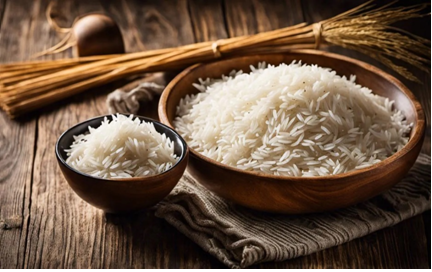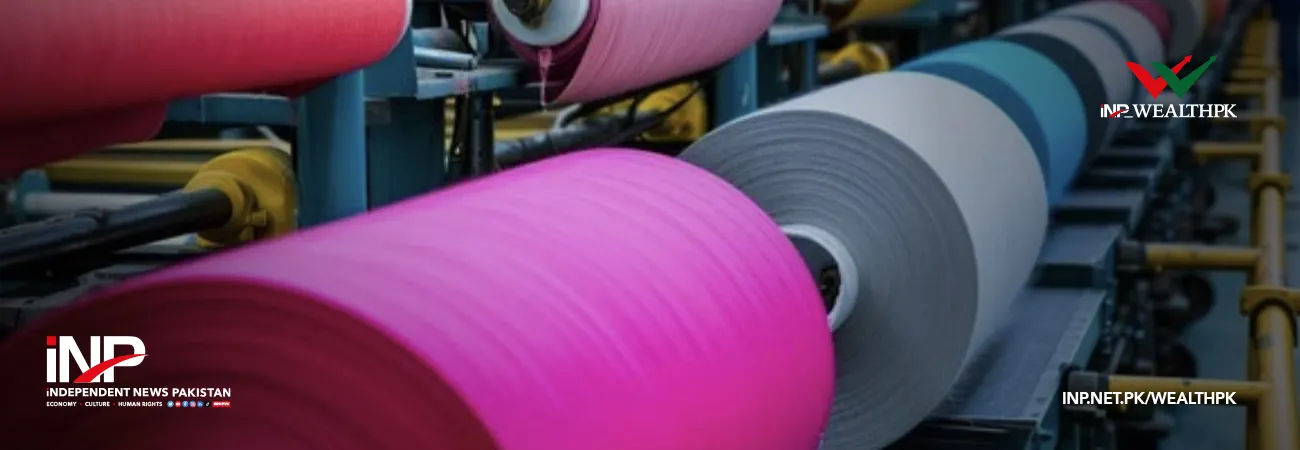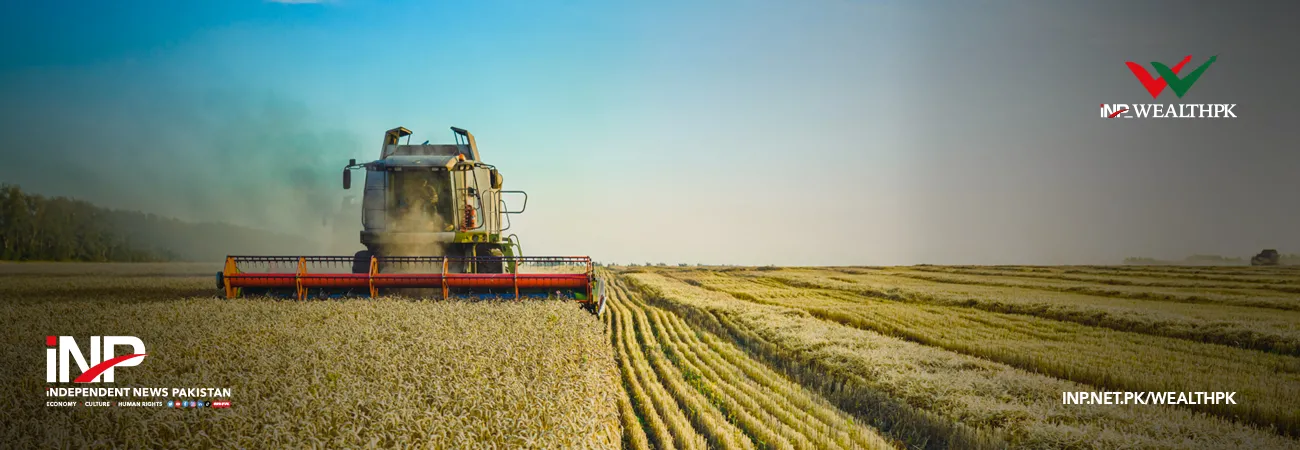INP-WealthPk
Arooj Zulfiqar
Pakistan’s rice sector has shown remarkable growth, with export volumes and revenues reaching new highs, underscoring the country’s increasing competitiveness and quality recognition in the global rice market, reports WealthPK.

“This unprecedented performance has positioned Pakistan as a key player, capturing the attention of importers worldwide seeking premium rice varieties,” M Abid, Senior Scientific Officer at the National Agricultural Research Centre (NARC), told WealthPK. Rice is the second most crucial crop in Pakistan, pivotal not just for domestic consumption but also for international trade, contributing substantially to the country’s foreign exchange earnings.
Pakistan’s rice exports have seen a remarkable surge, generating over $721.8 million in foreign exchange during the first quarter of the current fiscal year. Data reveals a substantial 77.63% growth in rice exports compared to the same period last year. From July to September, the country exported 991,000 metric tons of rice, a significant increase from 596,000 tons during the corresponding quarter of the previous financial year. Last year, rice exports during this period amounted to $406.4 million.
In September alone, Pakistan exported 374,000 metric tons of rice, earning $257.2 million in foreign exchange. This marks a 49.19% year-on-year increase, as exports for the same month last year stood at 255,000 metric tons, bringing in $172.4 million. During the first quarter, Pakistan exported 252,000 metric tons of Basmati rice, marking a notable 65.78 percent increase in exports of the premium variety.
Abid said, “In recent years, Pakistan has invested heavily in enhancing the rice quality through improved farming practices, sustainable crop management, and technological advancements in milling and processing. The country’s rice sector, especially with premium Basmati varieties, has become a significant contributor to the economy, helping the country gain new ground in markets across Asia, the Middle East, and Africa.” “The country’s ability to produce premium rice varieties has given it an edge over its competitors who primarily focus on non-Basmati varieties.
“Despite an impressive growth, the sector faces significant challenges that could hinder its long-term sustainability. Water scarcity, a critical issue for the water-intensive crop, threatens production amid diminishing resources,” he said. Another challenge increasing the input costs, such as fertilizers and fuel, adds financial pressure on the smallholder farmers, limiting their ability to scale up operations or invest in quality improvements. Additionally, an outdated logistics infrastructure, inadequate storage facilities, and export processing delays increase costs and reduce competitiveness. To overcome these challenges and sustain growth, the rice sector needs strategic interventions. Investing in water-efficient irrigation technologies, such as drip and sprinkler systems, can help mitigate water scarcity while improving crop yield. Providing subsidies or affordable financing options for the smallholder farmers can alleviate the burden of rising input costs and enable them to adopt modern farming techniques.
Credit: INP-WealthPk













